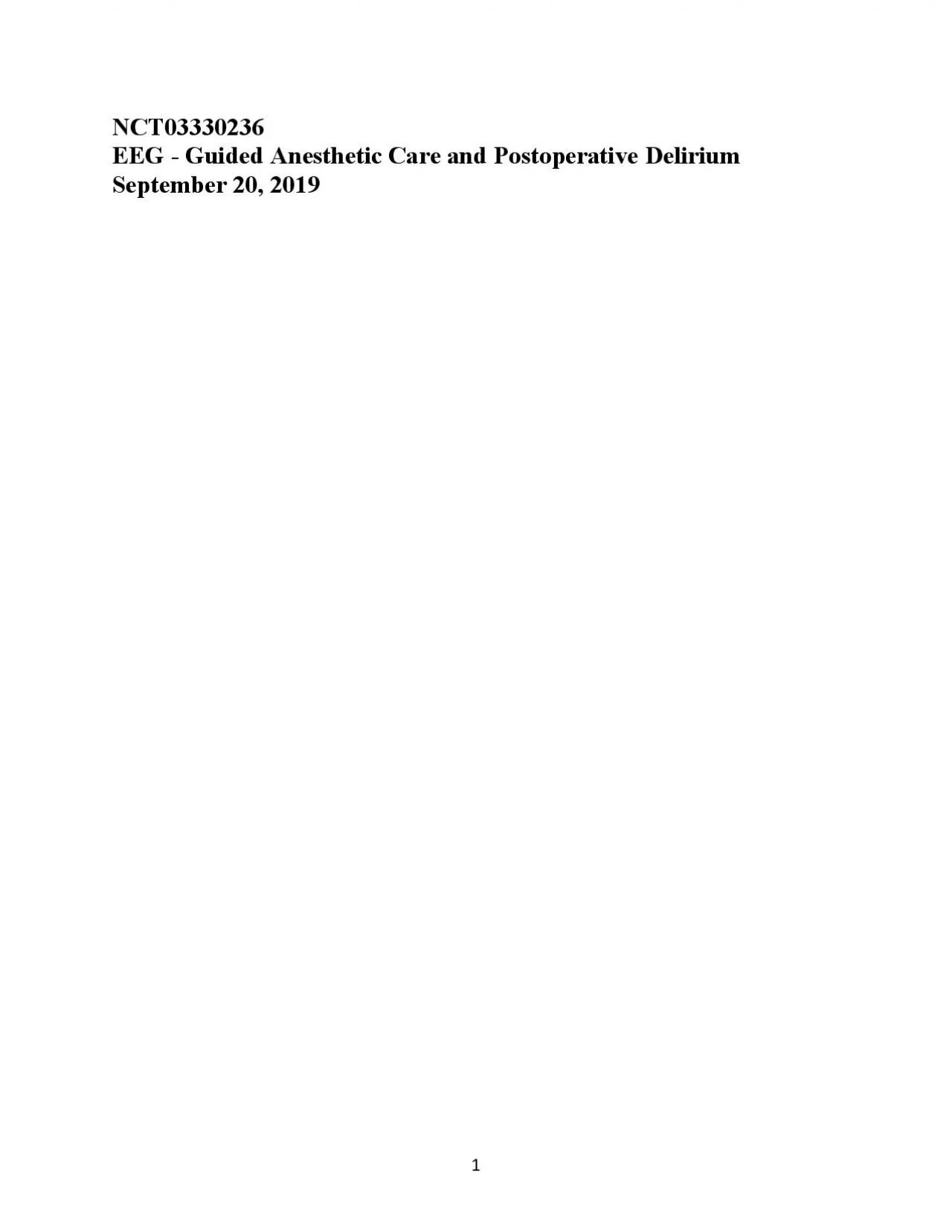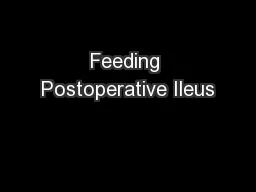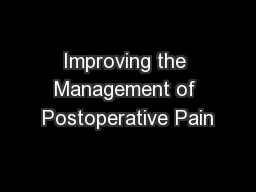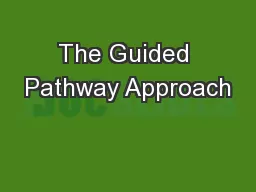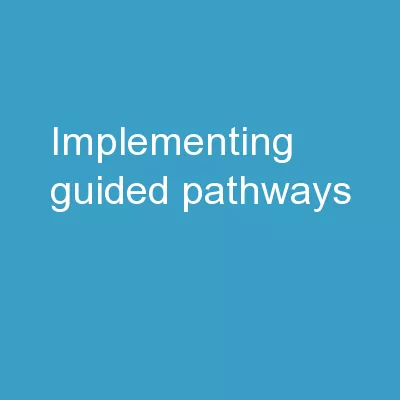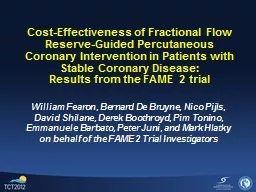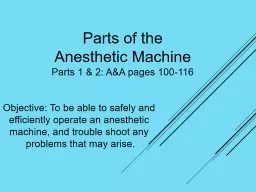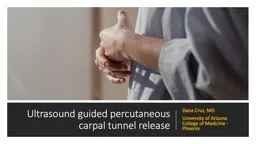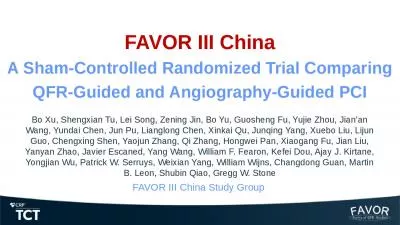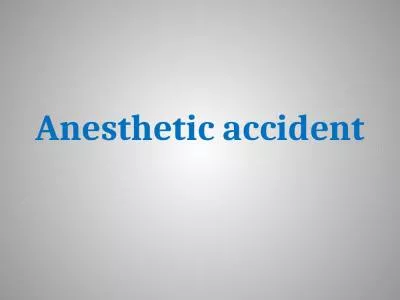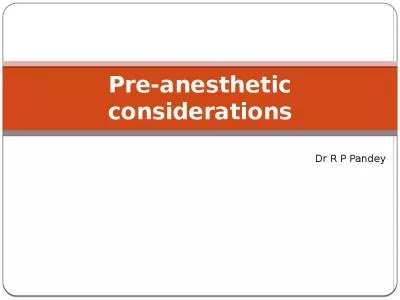PDF-NCT03330236EEG Guided Anesthetic Care and Postoperative DeliriumSept
Author : stella | Published Date : 2021-09-29
12Impact of electroencephalogram guided anesthetic care on delirium after laparoscopic surgerya randomized controlled trialDepartment of Anesthesiology Central South
Presentation Embed Code
Download Presentation
Download Presentation The PPT/PDF document "NCT03330236EEG Guided Anesthetic Care a..." is the property of its rightful owner. Permission is granted to download and print the materials on this website for personal, non-commercial use only, and to display it on your personal computer provided you do not modify the materials and that you retain all copyright notices contained in the materials. By downloading content from our website, you accept the terms of this agreement.
NCT03330236EEG Guided Anesthetic Care and Postoperative DeliriumSept: Transcript
Download Rules Of Document
"NCT03330236EEG Guided Anesthetic Care and Postoperative DeliriumSept"The content belongs to its owner. You may download and print it for personal use, without modification, and keep all copyright notices. By downloading, you agree to these terms.
Related Documents

